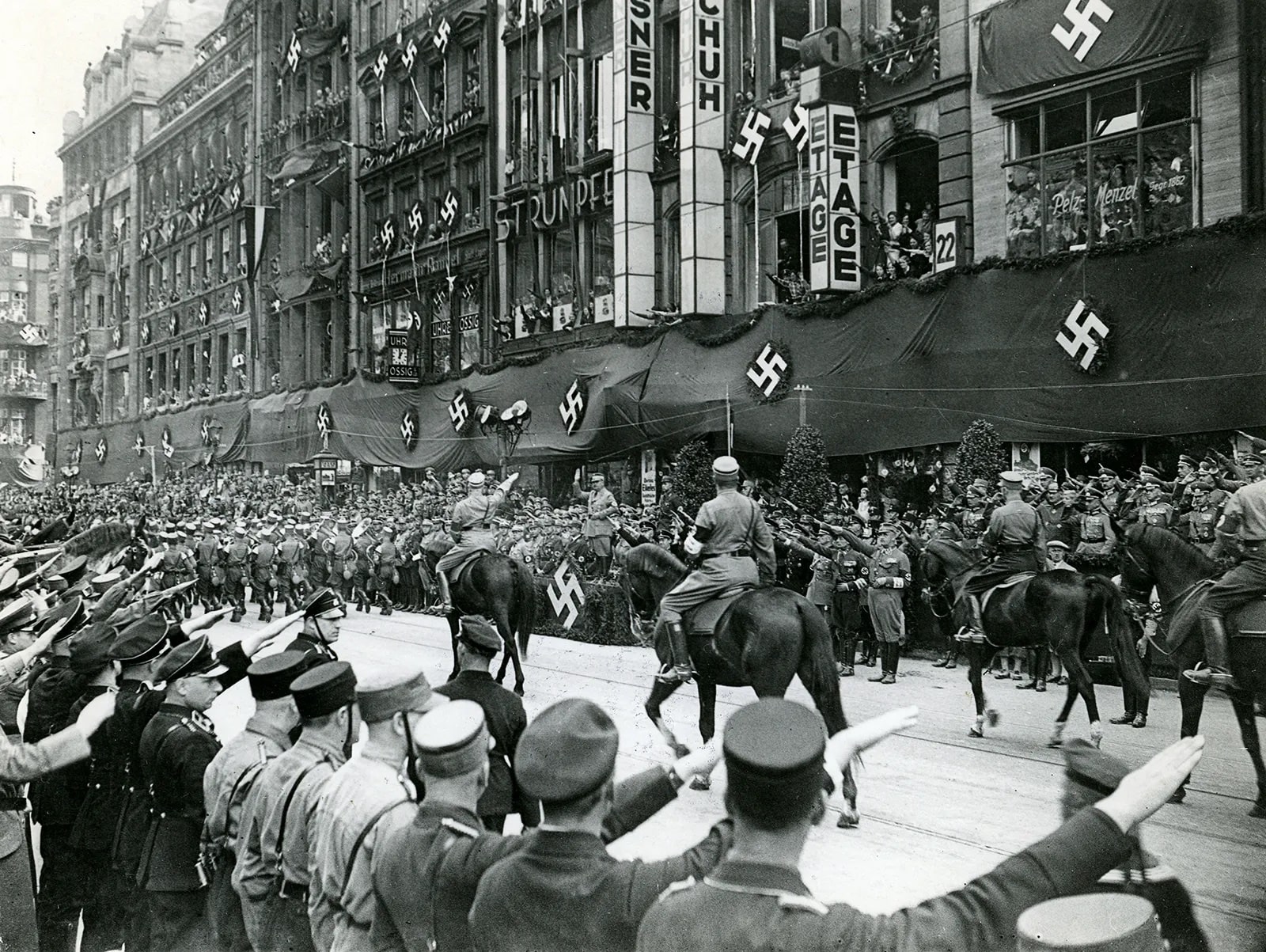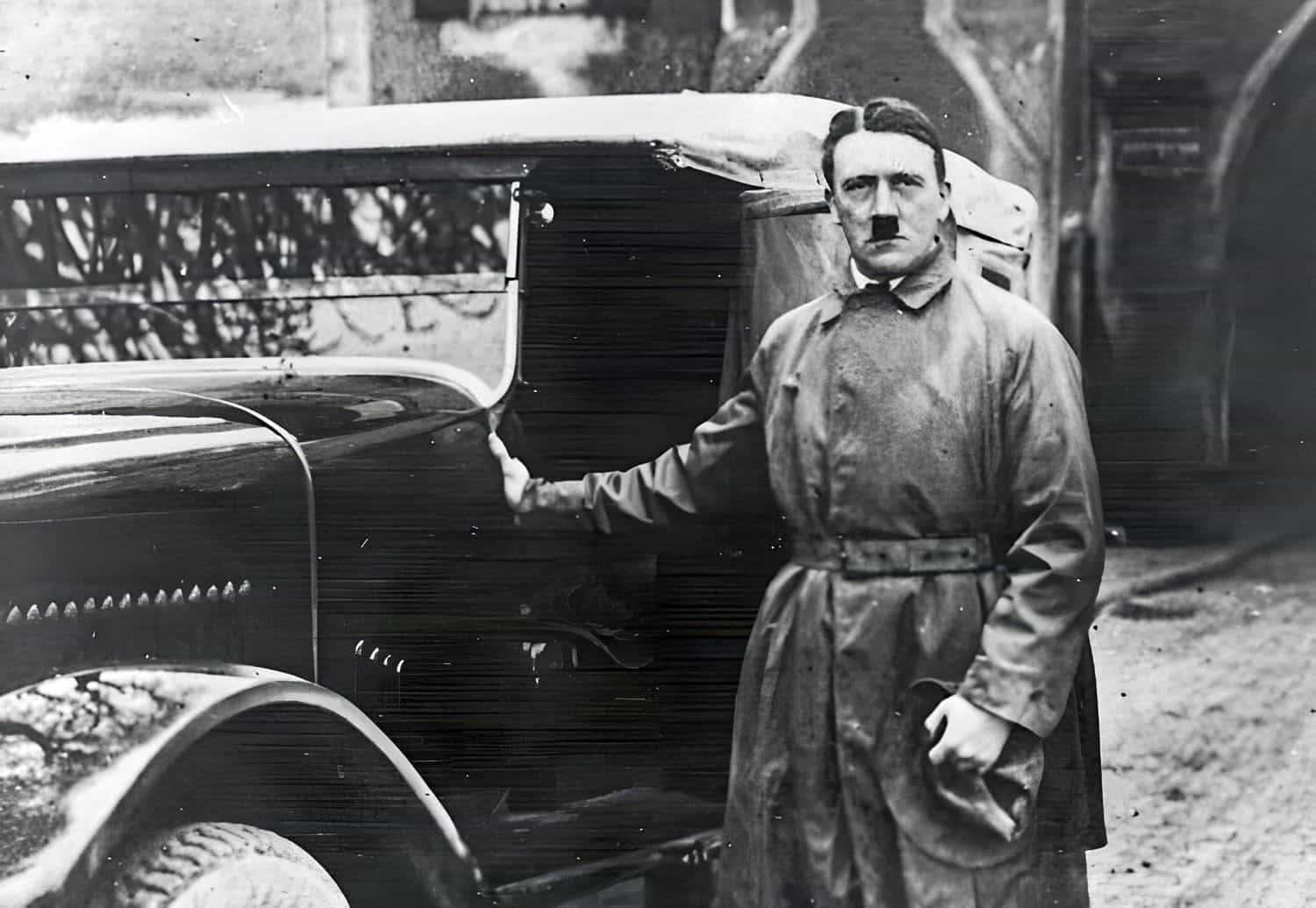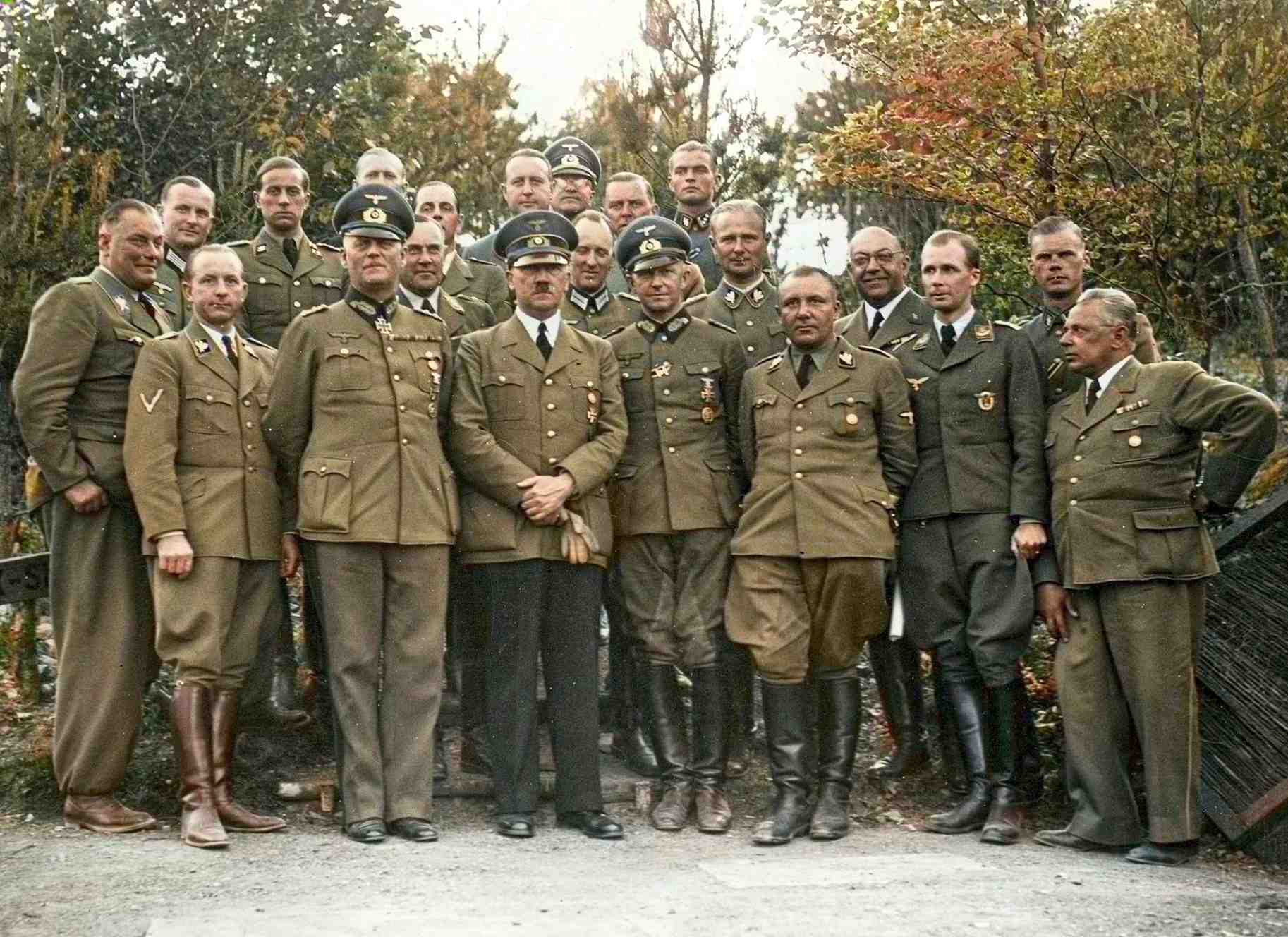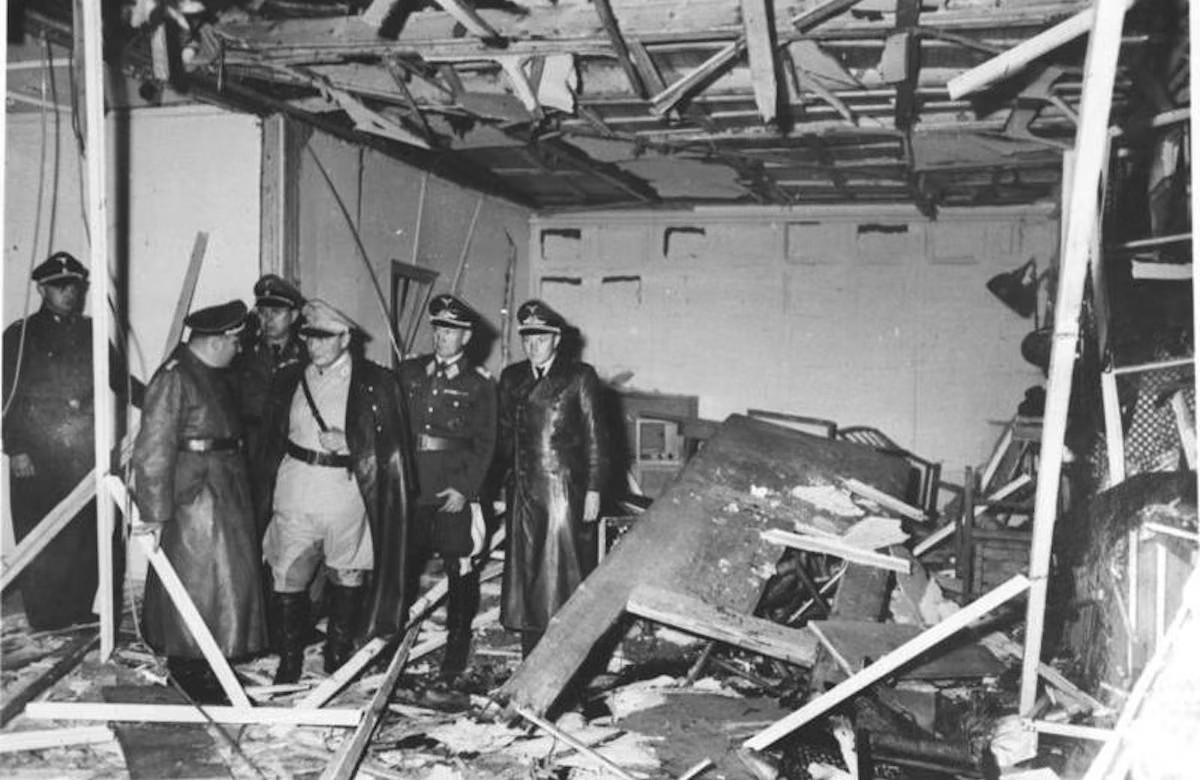In reality, the Night of the Long Knives spanned many days, yet it was nevertheless remembered as a pivotal moment in history. After assuming the role of chancellor in 1933, Adolf Hitler put a premium on his support from the Sturmabteilung, or SA, a paramilitary organization that eventually grew to include millions of members. Some in the Führer’s inner circle saw the threat posed by this group and eventually persuaded him that a massive purge was required. Since the SA was headed by Ernst Röhm, a longtime friend of his, he dithered for months. In the end, Röhm’s opponents won, and on June 30, 1934, a series of executions began that would take the lives of over 200 people and provide the world a glimpse into the actual nature of Hitler and the Nazi government.
What was the Sturmabteilung (SA)?
The German National Socialist Party, often known as the Nazi Party, formed the paramilitary group known as the SA, short for Sturmabteilung (which literally translates to “attack section”). Beginning in 1925, SA members were dubbed “brown shirts” in reference to the color of their uniforms. On August 8, 1921, the SA was officially established. The Sturmabteilung was founded by Adolf Hitler personally.
In those days, its core members were ex-German officers and soldiers who still hadn’t come to terms with Germany’s crushing loss in World War I and the stringent terms of the Treaty of Versailles. Getting over the treaty’s restriction on the official German army size (100,000) was also a concern. The SA may have started out as the Nazi Party’s orderly service, but it rapidly went well beyond just removing disruptive members of the public from Party meetings.
As time went on, violence from the attack sections grew, especially against communists. After disbanding after the failed Munich putsch in 1923, the Sturmabteilung reformed in 1926. Adolf Hitler served as the supreme head of this paramilitary force from 1930 until his death in 1945. Other notable leaders include Hans Ulrich Klintzsch, Hermann Göring, Otto Wagener, Ernst Röhm, Viktor Lutze, and Wilhelm Schepmann.
What were the causes of the night of the long knives?
In 1933, Adolf Hitler was elected Chancellor of Germany by the people and then installed in that position by President Paul von Hindenburg. Though this elevated his position, he still had to work with ministers who were not Nazi Party members and lacked his party’s unquestioned loyalty. The SA’s rise to power coincided with an increase in its excesses, which included torture and murder.
Ernst Röhm, one of Hitler’s first and most devoted supporters, and one of the few people to whom the Führer had ever addressed his first name, had headed the organization since 1931. Disagreements, though, began to surface. In 1934, Ernst Röhm led a formidable force of around 4 million people, and he aspired for his Sturmabteilung to become the genuine German army.
More than that, the SA’s top brass, headed by Röhm, yearned for a genuine social revolution and extreme anti-capitalist policies. It was clear that Hitler and Ernst Röhm did not see eye to eye on these two issues, and Röhm eventually became an outspoken opponent of Hitler. In particular, the leaders of the elite formations of the Nazi paramilitary forces, the SS (Schutzstaffel), Rudolf Hess, Hermann Goering, and Heinrich Himmler, started to worry that a coup d’état was imminent. Still undecided, Hitler’s indecision won’t endure forever.
How did the night of the long knives go?
It became clear early in 1934 that Röhm posed a serious threat, and Goering and Himmler, the Gestapo’s leader, wrote repeated reports to Hitler indicating as much. Many of these accounts were fabricated, with some even claiming that Röhm was a French ally. Hitler became more and more certain that a putsch was imminent, so he decided to take action and ordered a massive purging of the SA.
The German chancellor recruited both the SS and the army in his cause. Things quickly escalated, and on the night of June 29-30, France experienced what had become known as the “night of the long knives.” Hitler personally participated in the arrest of Ernst Röhm and other high-ranking Sturmabteilung members in Munich, complete with weapons in hand.
As soon as Hitler made his decision, they were all taken to Stadelheim jail and executed at the end of the day, with Röhm staying in his cell. Likewise, when SA leaders were being hunted down, arrests and killings were carried out throughout Germany, most notably in Berlin. While the purge was often referred to as “the night of the long knives,” it does not end until July 2. Hitler allowed Röhm to commit himself in his cell because he did not want a public trial for him. When Röhm still refused, Michel Lippert and Theodor Eicke just shot him dead.
How many deaths were caused by the Night of the Long Knives?
Hitler spoke to the Reichstag, the German Parliament, on July 13, 1933. According to him, 77 people were murdered during the “Night of the Long Knives.” In reality, this number was larger; historians believe that over 200 people were executed in this massive purge, the overwhelming majority in Munich; another thousand were deported to camps after being deemed to be Hitler’s opponents.
The German military and politician Ernst Röhm was the most prominent person killed in this purge, but many other notable figures also met violent deaths. After Hitler came to power, he had Kurt von Schleicher, a military commander, politician, and interim chancellor prior to Hitler’s rise to power, assassinated because he was seen as a threat. It’s important to mention that the same terrible thing happened to his wife.
Gregor Strasser, another leader who had been a member of the Nazi Party from its inception, was murdered for his socialist beliefs. Generals Ferdinand von Bredow and Kurt von Schleicher, Members of Parliament Karl Ernst, Hans Hayn, and Hans Karl Koch, and key SA members Fritz von Krausser, Walter von Mohrenschildt, Otto Stucken, and many more may all be added to this gloomy list. There were also attorneys, authors, Jews, and even some members of the SS on the list of victims. Bloody events that foretell the Nazi rule.
What were the results of the night of the long knives?
On July 3, Hitler had a bill passed by Parliament that declared any actions employed in defense of state security and in the battle against high treason to be lawful. This legislation was applied backwards, covering past wrongdoings and leaving ominous possibilities open for the future. The SA faced very negative outcomes as a result. As its ranks continued to dwindle, the Sturmabteilung was gradually eclipsed by the army and the SS.
During the night of the long knives, Hitler was able to solidify his alliance with the army, which was at open war with the assault sections. Regarding public opinion, the Night of the Long Knives did not cause much uproar. The vast majority of publications, including those that were not particularly sympathetic to the Nazi cause, supported the purge and gave Hitler’s arguments weight.
It was a different story on the other side of the world, where criticism was rampant. Since the SS was separated from the SA, Heinrich Himmler benefited greatly from the slaughter, and his faithful subordinate Reinhard Heydrich was elevated to the position of Gruppenführer. Last but not least, on the political front, conservatives from all sides gathered behind Hitler, giving him the upper hand after he had shown to the German people that nobody was immune to the fury of the Nazis and his party.
Bibliography:
- Gilbert, Gustave (1995). Nuremberg Diary. New York: Da Capo Press -reprinted with arrangement of original publishers Farrar, Straus & Giroux. ISBN 0-306-80661-4.
- Spielvogel, Jackson J. (1996). Hitler and Nazi Germany: A History. New York: Prentice Hall. ISBN 978-0-13-189877-6.
- Toland, John (1976). Adolf Hitler: The Definitive Biography. New York: Doubleday. ISBN 978-0-385-42053-2.






